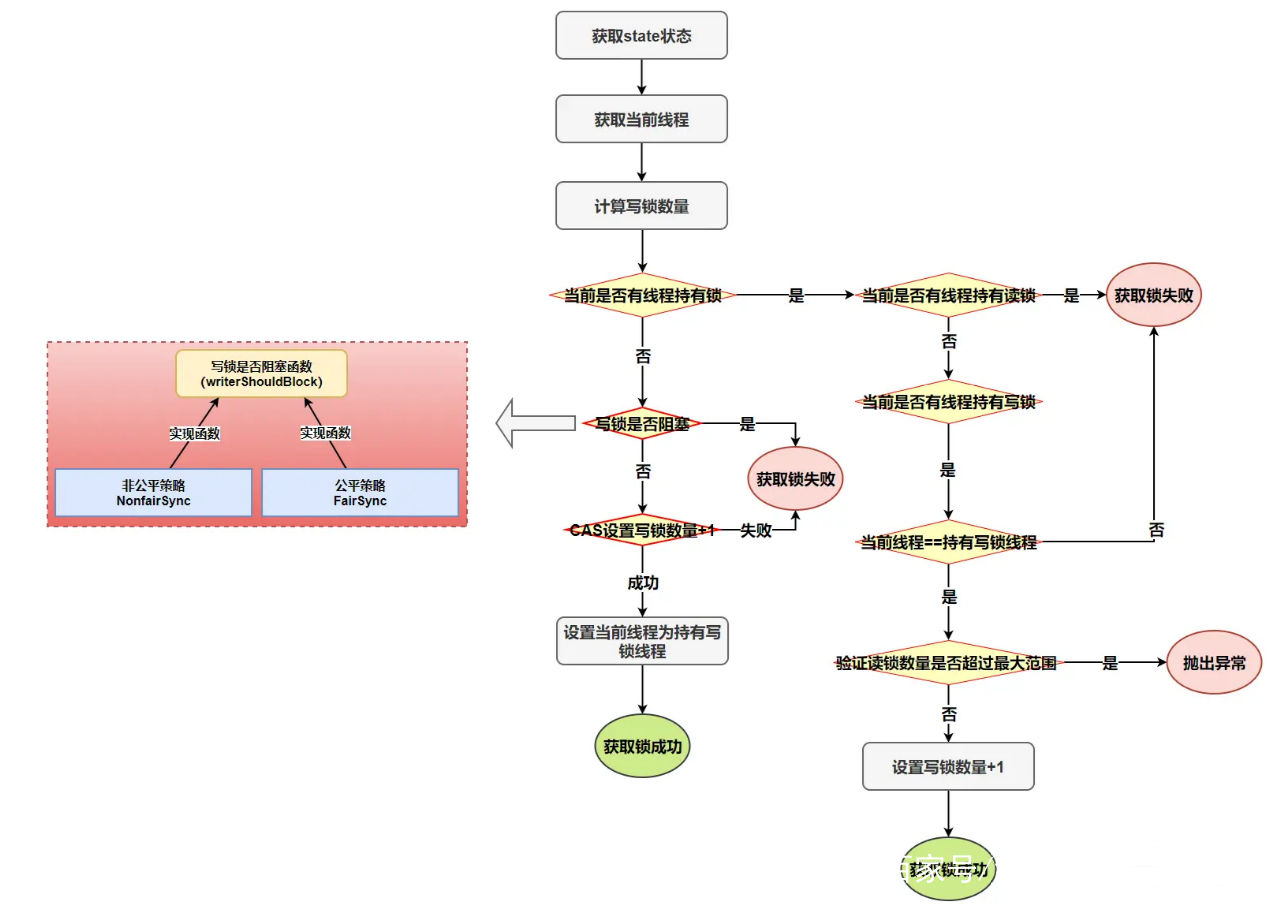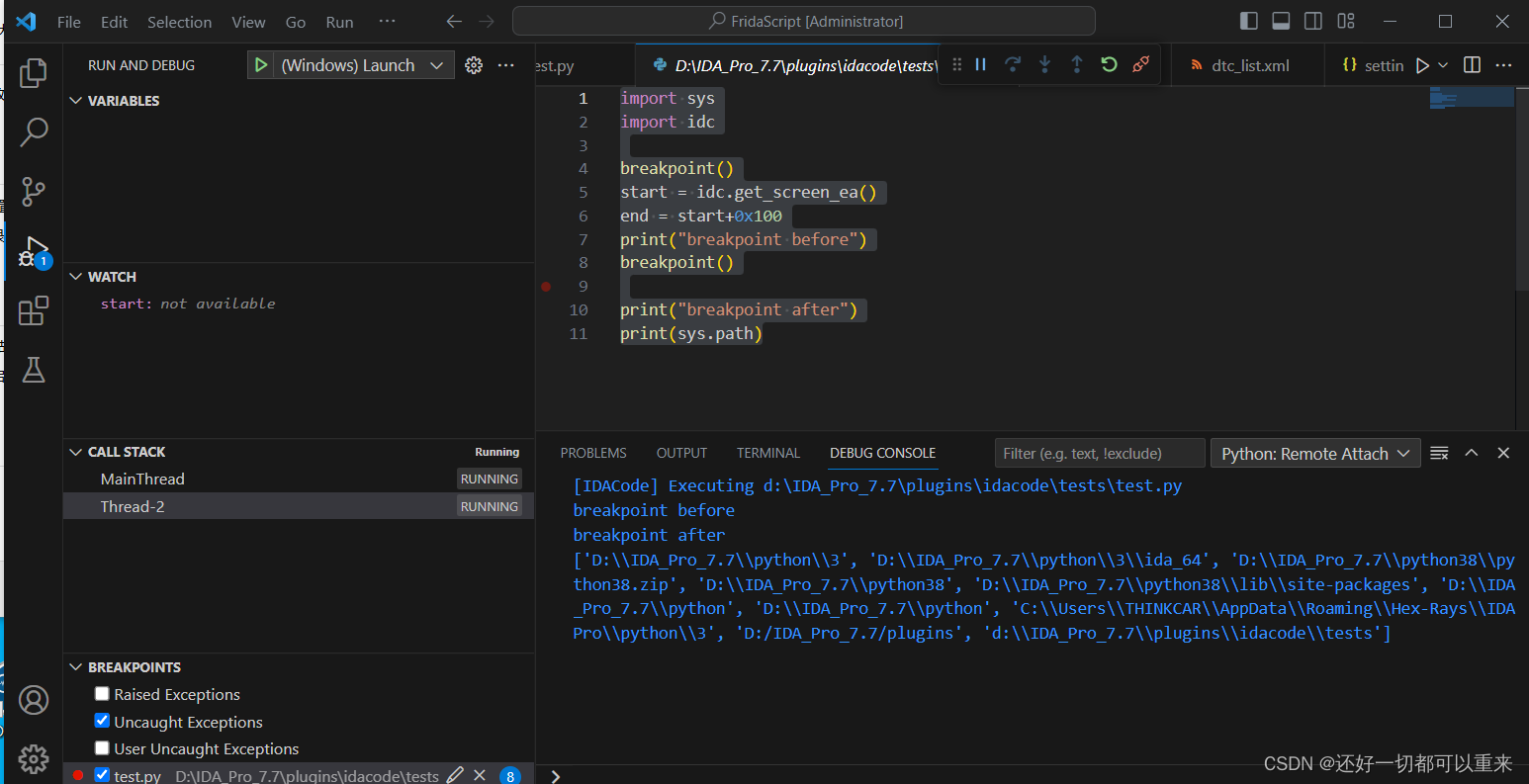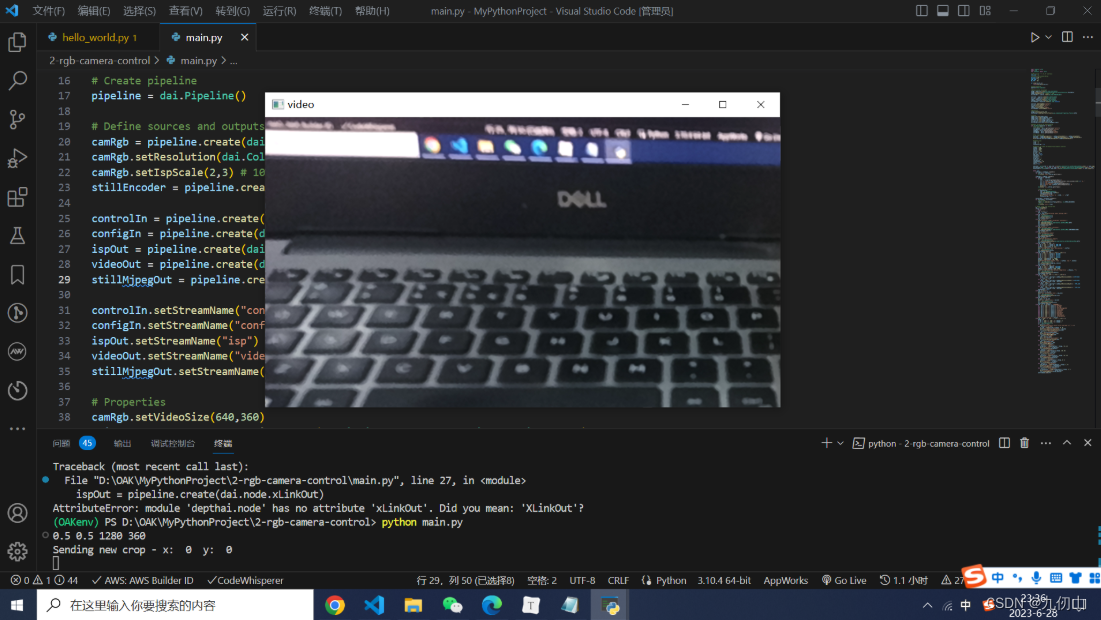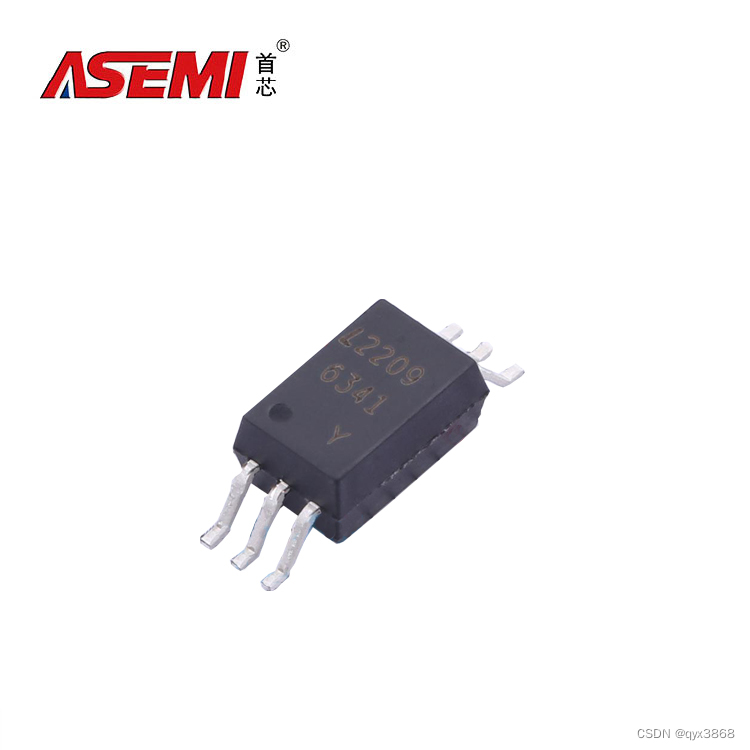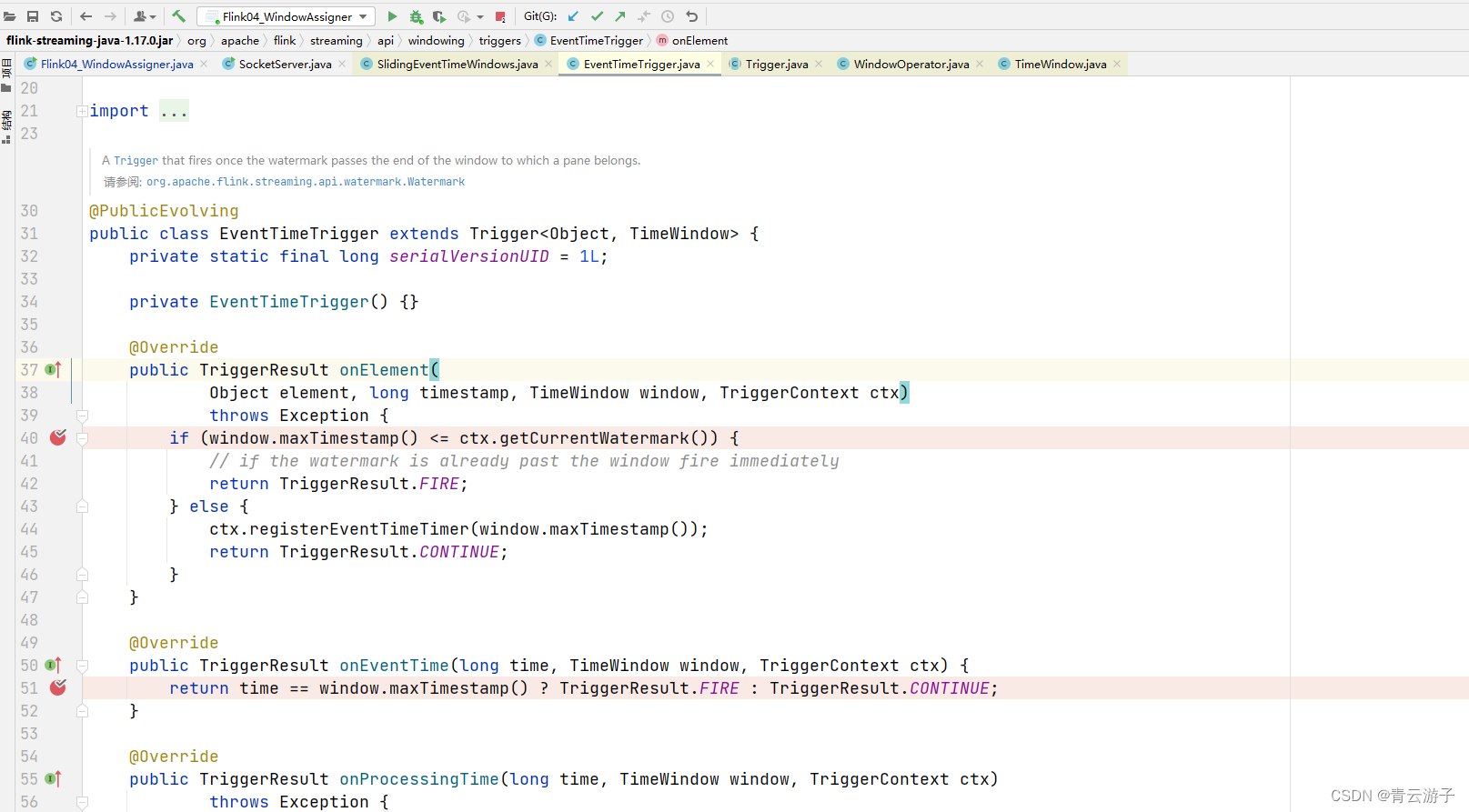Spring Boot 中的 @EnableConfigurationProperties 注解
在 Spring Boot 中,@EnableConfigurationProperties 注解是一个非常有用的注解,它可以用于启用对特定配置类的支持。在本文中,我们将深入探讨 @EnableConfigurationProperties 注解,包括它的原理和如何使用。

@EnableConfigurationProperties 注解的原理
在 Spring Boot 中,@EnableConfigurationProperties 注解用于启用对特定配置类的支持。它会将指定的配置类加载到 Spring 容器中,并将其注入到带有 @Autowired 注解的类中。这样,我们就可以方便地使用配置类中定义的属性。
@EnableConfigurationProperties 注解本身并不会创建配置类的实例。相反,它会触发 Spring Boot 自动配置的机制,该机制会在应用程序启动时自动创建配置类的实例,并将其注入到带有 @Autowired 注解的类中。
如何使用 @EnableConfigurationProperties 注解
在 Spring Boot 中,我们可以通过使用 @EnableConfigurationProperties 注解来启用对特定配置类的支持。下面是一个示例:
@Configuration
@EnableConfigurationProperties(MyProperties.class)
public class MyConfig {@Autowiredprivate MyProperties properties;@Beanpublic MyBean myBean() {return new MyBean(properties.getMyProperty());}
}
在上面的代码中,我们首先使用 @EnableConfigurationProperties 注解来启用对 MyProperties 配置类的支持。然后,在 MyConfig 类中,我们使用 @Autowired 注解将 MyProperties 注入到 properties 变量中。最后,在 myBean() 方法中,我们使用 properties.getMyProperty() 方法来获取 MyProperties 配置类中定义的 my.property 属性的值,并将其传递给 MyBean 的构造函数。
除了基本的用法之外,@EnableConfigurationProperties 注解还提供了一些其他的配置选项,例如 prefix 和 ignoreInvalidFields 等。下面是一个示例:
@Configuration
@EnableConfigurationProperties(MyProperties.class)
@ConfigurationProperties(prefix = "my.config", ignoreInvalidFields = true)
public class MyConfig {@Autowiredprivate MyProperties properties;@Beanpublic MyBean myBean() {return new MyBean(properties.getMyProperty());}
}
在上面的代码中,我们使用 @ConfigurationProperties 注解来指定配置类的前缀和是否忽略无效的属性。这些配置选项可以帮助我们更好地管理应用程序的配置,并提高代码的可维护性和可扩展性。
@EnableConfigurationProperties 注解的高级用法
除了基本的用法之外,@EnableConfigurationProperties 注解还提供了一些高级用法,例如使用 FactoryBean 来创建配置类的实例。
使用 FactoryBean 创建配置类的实例
在某些情况下,我们可能需要使用 FactoryBean 来创建配置类的实例。例如,我们可能需要从数据库中加载配置数据,并将其填充到配置类中。下面是一个示例:
public class MyPropertiesFactoryBean implements FactoryBean<MyProperties> {@Overridepublic MyProperties getObject() throws Exception {// 从数据库中加载配置数据,并将其填充到 MyProperties 实例中MyProperties properties = new MyProperties();properties.setMyProperty("foo");return properties;}@Overridepublic Class<?> getObjectType() {return MyProperties.class;}@Overridepublic boolean isSingleton() {return true;}
}@Configuration
@EnableConfigurationProperties(MyProperties.class)
public class MyConfig {@Autowiredprivate MyProperties properties;@Beanpublic MyBean myBean() {return new MyBean(properties.getMyProperty());}@Beanpublic FactoryBean<MyProperties> myProperties() {return new MyPropertiesFactoryBean();}
}
在上面的代码中,我们首先创建了一个名为 MyPropertiesFactoryBean 的类,它实现了 FactoryBean 接口,并用于创建 MyProperties 配置类的实例。然后,在 MyConfig 类中,我们使用 @Bean 注解来将 MyPropertiesFactoryBean 注入到 Spring 容器中。最后,在 myBean() 方法中,我们使用 properties.getMyProperty() 方法来获取 MyProperties 配置类中定义的 my.property 属性的值,并将其传递给 MyBean 的构造函数。
使用 @Conditional 注解控制配置类的加载
在某些情况下,我们可能希望仅在特定条件下加载配置类。例如,我们可能希望仅在指定的环境中加载配置类,或者仅在特定的配置文件中加载配置类。在这种情况下,我们可以使用 @Conditional 注解来控制配置类的加载。下面是一个示例:
@Configuration
@ConditionalOnProperty(name = "my.config.enabled", havingValue = "true")
@EnableConfigurationProperties(MyProperties.class)
public class MyConfig {@Autowiredprivate MyProperties properties;@Beanpublic MyBean myBean() {return new MyBean(properties.getMyProperty());}
}
在上面的代码中,我们使用 @ConditionalOnProperty 注解来指定条件,即仅在名为 “my.config.enabled” 的属性的值为 “true” 时才加载配置类。这使得我们可以轻松地控制配置类的加载,并在需要时提高代码的可维护性和可扩展性。
总结
在本文中,我们深入探讨了 Spring Boot 中的 @EnableConfigurationProperties 注解,包括它的原理和如何使用。我们了解到,@EnableConfigurationProperties 注解可以帮助我们更好地管理应用程序的配置,并提高代码的可维护性和可扩展性。无论是基本的用法还是高级用法,@EnableConfigurationProperties 注解都是 Spring Boot 中不可或缺的一部分。

